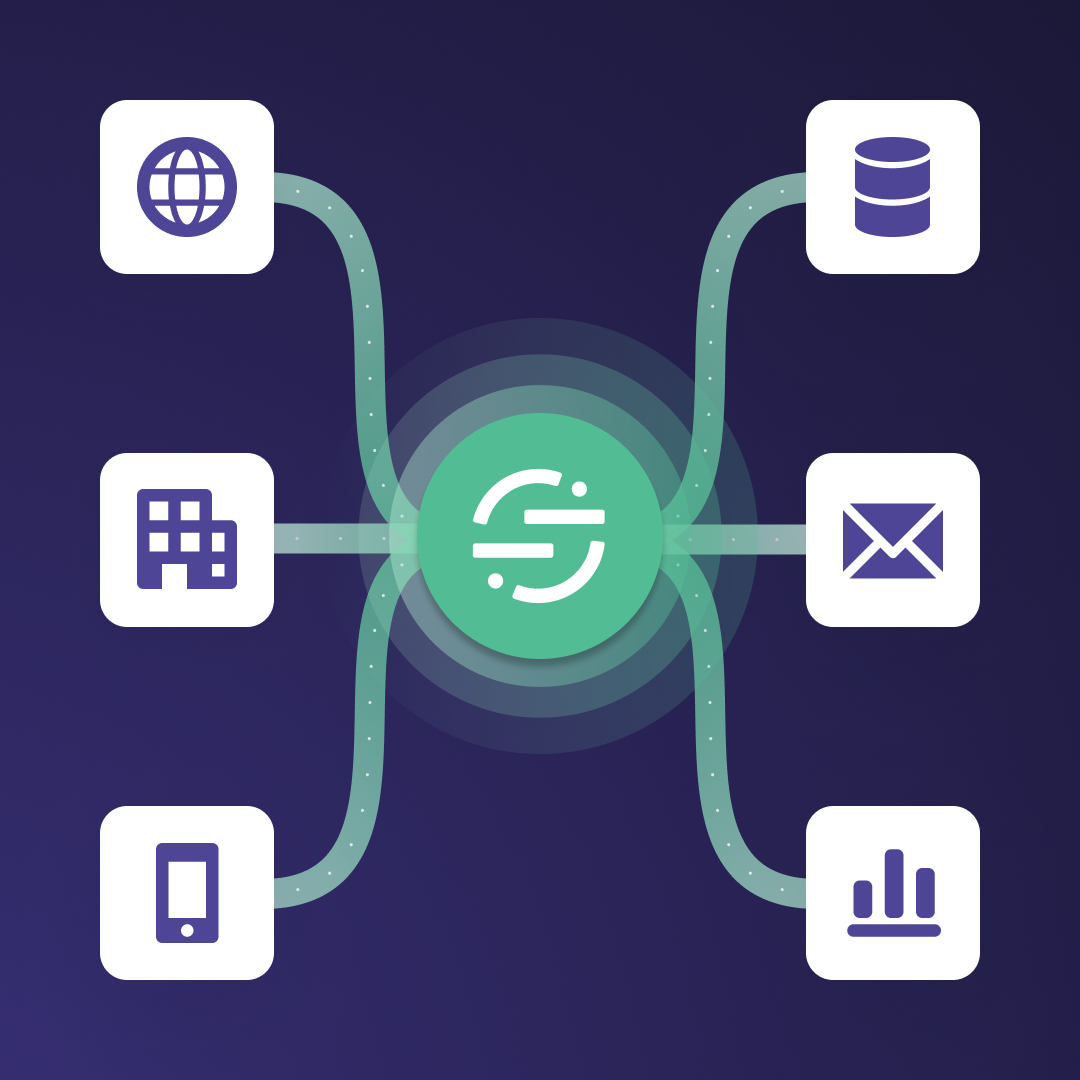Earlier this year, Google announced that Universal Analytics (GA) will sunset by July 2023. Users of Universal Analytics 360 have a bit more time, until October 2023, before the tool is deprecated. The replacement, Google Analytics 4 (GA4), promises to capture more advanced analytics but comes with a steep price – reimplementing analytics across your current tech stack.
In this blog, we will explore the reasons behind GA’s deprecation, how you can run the old and new versions simultaneously with Segment, and a solution to future-proof your tech stack.
The benefits of Google Analytics 4
The deprecation of Google Universal Analytics is no small update. Long recognized as the best-of-breed for marketers, GA measures website performance and details customer insights that help determine the success of marketing efforts. It has long been praised for its ease of use and setup.
There are many reasons why Google is migrating customers to GA4.
Google Universal Analytics relied heavily on the third-party cookie. For those unfamiliar, cookies are bits of code added to websites as a way to track user web activity. Instead of hosting user web activity on company servers, cookies are stored on the user’s browser. While some cookies track a user’s behavior on-site, there are others, namely third-party cookies, that follow a user’s behavior across the web. If you’ve ever searched the internet for a new mattress and you see mattress ads shortly after, that’s third-party cookies at work.
However, Google has put businesses on notice: it’s set to remove all third-party cookies from its browser, Chrome, as businesses seek to implement privacy-preserving alternatives such as first-party data. (Originally scheduled for 2022, this change has since been pushed to 2024.)
This is very much a sign of the times – more and more businesses are looking to adopt a first-party data strategy to comply with internet and government privacy regulations.
Another change from GA to GA4 is in its underlying data model. In GA4, you can expand from “sessions” (think page views, pages per visit, average session time, etc.) to “events.”
The benefit of an event-based model is that it offers deeper insights to marketers across all of their websites and mobile apps. Event-based targeting enables marketers to track metrics like button clicks, video plays, scrolls, and customer journeys, and even create customized solutions like lookalike audiences based on past user events that target net new leads who have similar digital behaviors.
However, with great power comes great responsibility: namely, an intense setup.
Depending on the size and sophistication of your existing set-up with GA, it could take your engineering team weeks if not months to re-instrument your tracking like-for-like in GA4. Thankfully, using a CDP like Segment, you can migrate over at the flip of a switch.
Add Google Analytics 4 as a Segment destination - a marketer’s guide
Just like when you move to a new house, you aren’t going to set up every room in the exact same way it was in your old house. In your new home, you’ll have rooms with different layouts, even if the bulk of your furniture remains the same. When it’s time to pack, you should take the time to clean up and consolidate what you bring with you. Moving to a new technology isn't all too different.
The good news is, Segment customers looking to switch to GA4 don’t have to face the restructure alone. Google Universal Analytics is one of Segment’s most popular destinations. And did you know we already offer a GA4 destination as well?
Segment lets you run GA and GA4 in parallel, as you get up to speed on the new event-based paradigm. Business users can customize how their Segment events map to GA4 events within the Segment app. Segment customers can test GA and GA4 in parallel before they commit to GA4 while using the same data source. Marketers should keep GA as the “source of truth” until you collect sufficient data in GA4, when you can begin to report on GA4’s analytics.
By using GA and GA4 in tandem, you collect data in a familiar way while you navigate the latest features of GA4.
As we explain how to integrate Segment sources and destinations, now is a great time to grab your favorite engineer.
Update your tech stack - an engineer’s guide
To take us back to the moving house analogy, you’ll want to make any changes to the house cosmetics before you set up your furniture in each room. Painting the walls is a lot easier before furniture is introduced and saves you time and labor in the long run.
Consider the order of operations as you migrate. Since Segment’s CDP captures event-based data, your migration to GA4 is a smart time to introduce Segment to your data infrastructure.
Take this time to evaluate your tech stack and understand if your current tools are serving your business needs.
Begin by asking your business users a few questions:
What touchpoints are involved in our customer journey?
What bottlenecks exist in our customer journey?
Which KPIs are we looking to drive?
What questions do we have about our customers but cannot answer?
Once you evaluate which tools are helping your team answer these questions, decide what you need to introduce (or eliminate) to find resolution.
Simply migrating to GA4 will be labor intensive and in the end, you may realize it’s not solving your company’s needs. Internal teams need to collaborate on the underlying data needed to achieve business goals.
Segment unifies all of your connections into a single API, which makes the process of connecting to data sources and destinations easier. Once set up, connecting to a new data source typically only requires inserting a JavaScript code snippet or call to Segment SDK.

